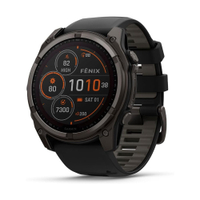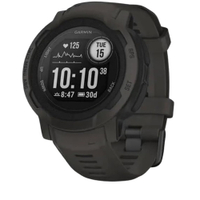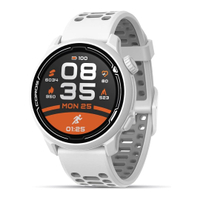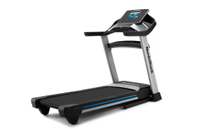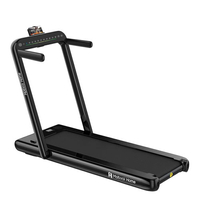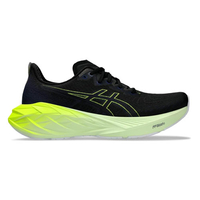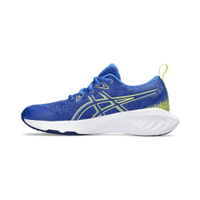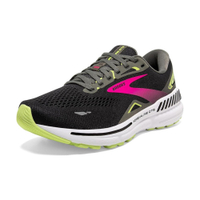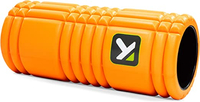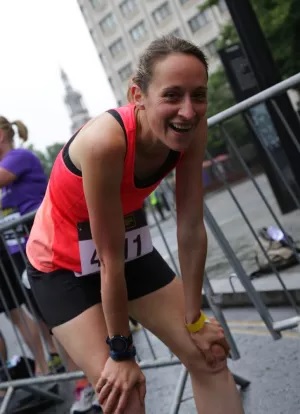Runners! Here's everything you need for a spring marathon
Spring marathon training is underway, and you've committed to training. But what do you need to make it to race day in top condition? We've found some bargains on the top products

If you have signed up to run a spring marathon, the New Year usually sees the start of your training programme. Whether you are starting from a few runs a week, or are an experienced marathoner, most of these programmes tend to last 16 weeks. That probably seems an eternity right now but will soon seem horribly short. You’ll get through a lot of miles in those 16 weeks, and encounter a fair few obstacles, so it’s important to make sure you’ve got the basics right.
When it comes to kit, running is a pretty simple sport and can also be a relatively inexpensive one. All you really need is good running shoes, some appropriate running clothes - and a lot of willpower. Alas, we can’t find a link where you can buy that, sorry. But when it comes to tracking your runs, recovering from them, and keeping you on your feet, there’s a lot of kit we can help and advise on, from the very best Garmin watches to the top treadmills for home training.
Perhaps the most important thing you can do, however, is simply train consistently. You will almost certainly not tick off every run on that 16 week programme — and that's fine. It is far better to rest a sore muscle and come back to the plan fully refreshed, than to push too hard and end up really injured.
Tracking your training
One of the best tools you can buy to help with you training is a GPS running watch. Yes, you could just use a notebook and a pen, but who has the time? Using a watch that keeps track of the miles you have covered is not only useful, but when you look back on what you have achieved so far, it can also be highly motivating.
Though many runners may use a GPS watch to try and track their big efforts and to help them hit their top paces, it's actually equally important to consider them as a tool to make sure you take enough rest. Many if not most modern smartwatches can track your sleep and your HRV balance, which are great indicators of how well you are recovering from your new training regime.
They can also make sure that when your plan tells you to run easy, you really do run easy, and keep your heart rate low enough. And they can also track all the other things that you can do to help your marathon training, from cross-training on another piece of cardio equipment if you are nursing a niggle or injury, to tracking your resistance training, which is a really important and often-neglected part of marathon training.
Here are some of our favorite GPS watches, but you can read our round-up of our expert reviews of all the best fitness trackers here.
Our absolute favourite Garmin watch is the Fenix 7. Our reviewer found it sturdy, stylish, packed to the brim with tracking features — and boasting excellent battery life.
Rating: ★★★★½
The Garmin Instinct 2S is a brilliant midrange option. It also has a host of features that make it great far beyond just running. It's great for everything from triathons to weekends spent hiking, with a rugged design that will withstand some epic adventures.
Rating: ★★★★
Beyond Garmin, the Coros Pace 2 has become increasingly popular with runners. It's sleek, lightweight and packed with features, has superb battery life and tracking accuracy — and all for a good midrange price.
Rating: ★★★★½
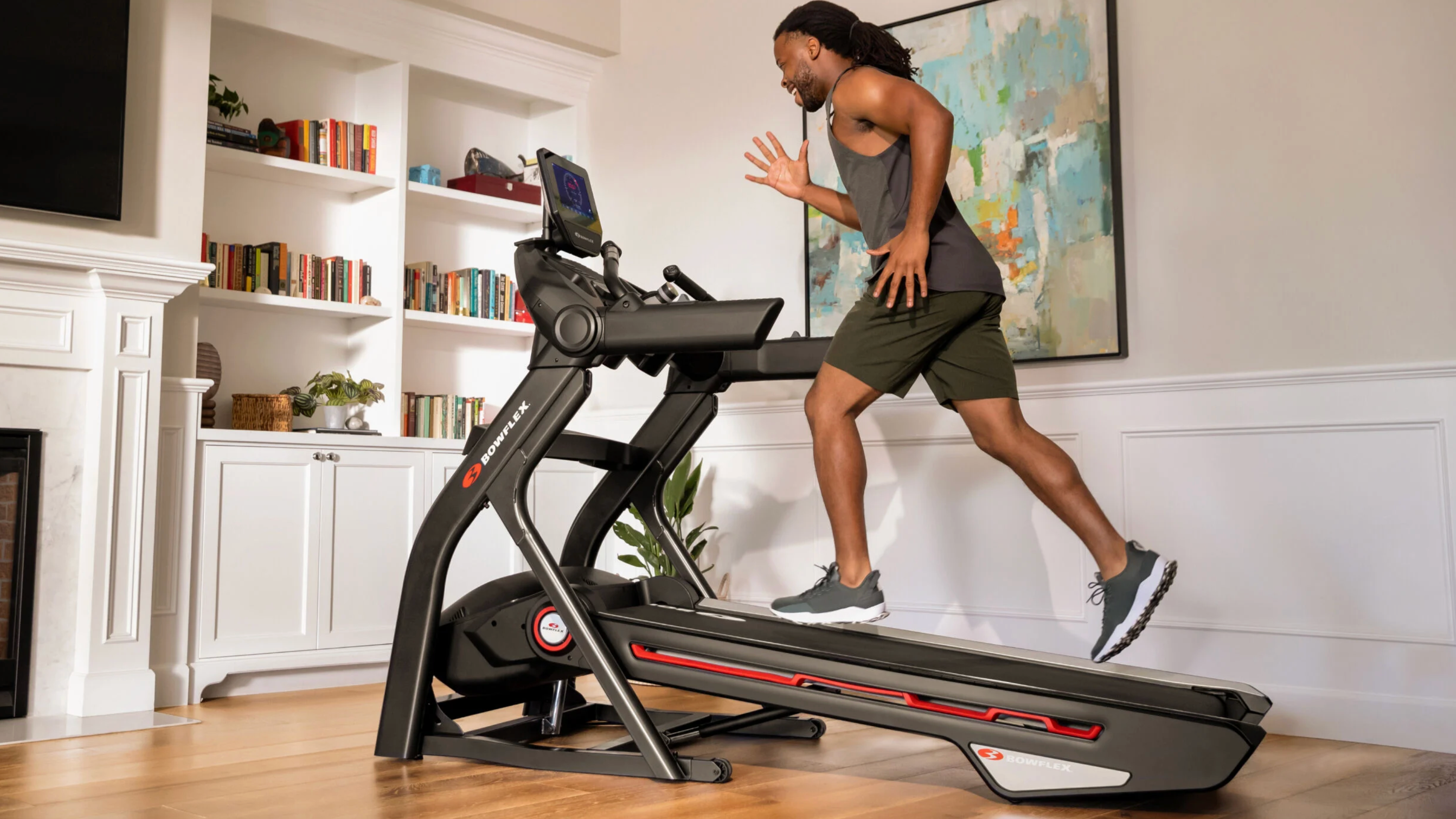
Running at home
Running outside might be the cheapest option, but it's not always possible. You might live somewhere with very cold, icy weather or snow - or even somewhere where it's just too hot and humid to run outdoors. Maybe you have family to care for, and can't just leave the house whenever you want. Or perhaps you just don't feel safe.
Whatever your reason, a home treadmill can make all the difference and allow you to continue your training in the comfort of your own personal space.
Many runners wonder if there is any difference between running on a treadmill and running outside. Both have their pros and cons. It's hard to replicate hills on a treadmill, and that's something to be considered if your marathon includes inclines. Many people might find a treadmill far more boring and therefore harder to motivate themselves to run. But equally, a treadmill can offer a slightly softer surface that can protect you against injury.
When it comes to the basics, though, experts have found little evidence to suggest that there is a difference between treadmill running vs running outside when it comes to your actual energy expenditure. For instance, researchers at The American Council on Exercise discovered that it is the speed that you run and the type of running that you do that impacts the number of calories burned, more than where you do it.
So if a home treadmill keeps you running, then it's a great option for you. And we've tested a huge array of them to find the best for all budgets and spaces.
Our expert reviewers think Nordic Track make the best treadmills: sturdy, high performance, with smart features that will help your training. They are certainly an investment buy, but this Nordic Track Commercial series at $1500 is currently reduced by $500 at Amazon, a saving of 25%.
Rating: ★★★★½
If you are a relative beginner, and need something that takes up less space, our reviewers really loved this Mobvoi home treadmill, which costs just $189 at Amazon. As you might expect from that price, it's a no-frills option with a top speed of 12kph, or just under 7.5mph.
Rating: ★★★★
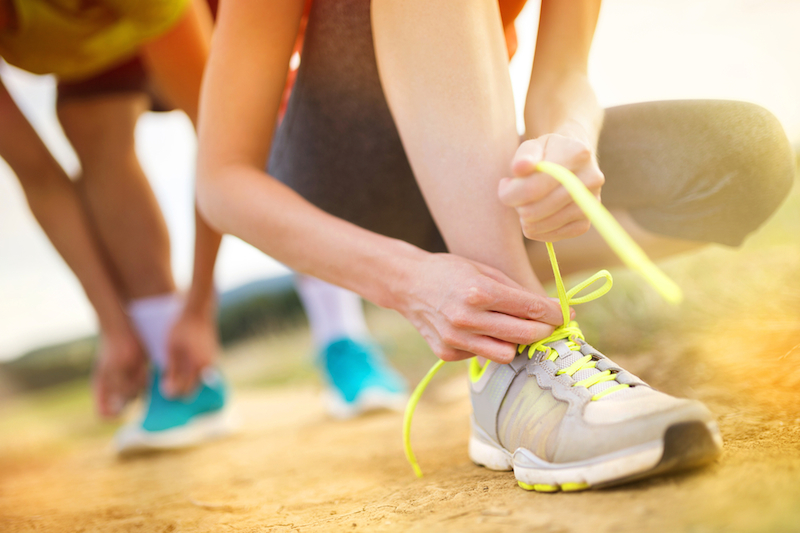
Running shoes
It might sound really obvious, but the best running shoes are the ones that work best for you. Even if that means a pair that aren't, alas, as nicely designed as some on the market. A good pair of shoes will protect your joints from the impact of pounding pavements or treadmills. They should be comfortable and not pinch or rub anywhere. Many people go up a size or two in running shoes vs everyday shoes to ensure a comfortable blister-free run.
We all run in our own unique way so it's important to get a pair that fit your 'gait' or running style. The best way to find this out is to head in person to a running store and get an expert to look at how you run (usually on a treadmill) and give their advice. Your gait can even change over time, so even experienced runners might want to do this from time to time.
When it comes to gait and running shoes, the main categories of runner we all fall into are "overpronator", "underpronator" (also known as supination) and "neutral" . It's really important not to obsess too much on the way you run and try to change it because you think one way is better than the other. Yes, extremes of pronation can raise your risk of injury, but forcing an unnatural change can also do so, and do so quickly.
When it comes to buying running shoes, buy a pair that support how you do run, not how you would ideally like to. And once you know what you are looking for, there are some great bargains available online.
We also have a guide to the best running shoes for supination (also known as under pronation)
Running shoe companies bring out new updated models all the time, but that doesn't mean the old models aren't great. You can often find bargains online for the older editions, including these highly-rated Asics Novablast 3.
Our reviewer loved the cushioned but lightweight Asics Gel-Cumulus 25 road running shoe. That plush cushioning is ideal to absorb the miles of marathon training you've got ahead of you. Depending on your size and color preference, you can pick up a pair for as little as $90 on Amazon.
Many runners overpronate - that is, their feet roll inwards (to varying degrees) when they hit the ground on each stride. This can cause strain through the lower leg and beyond so it's really important to find a shoe that can help support you. The Brooks Adrenaline GTS does just that, and can be found for a bargain $99 in womens sizes on Amazon.
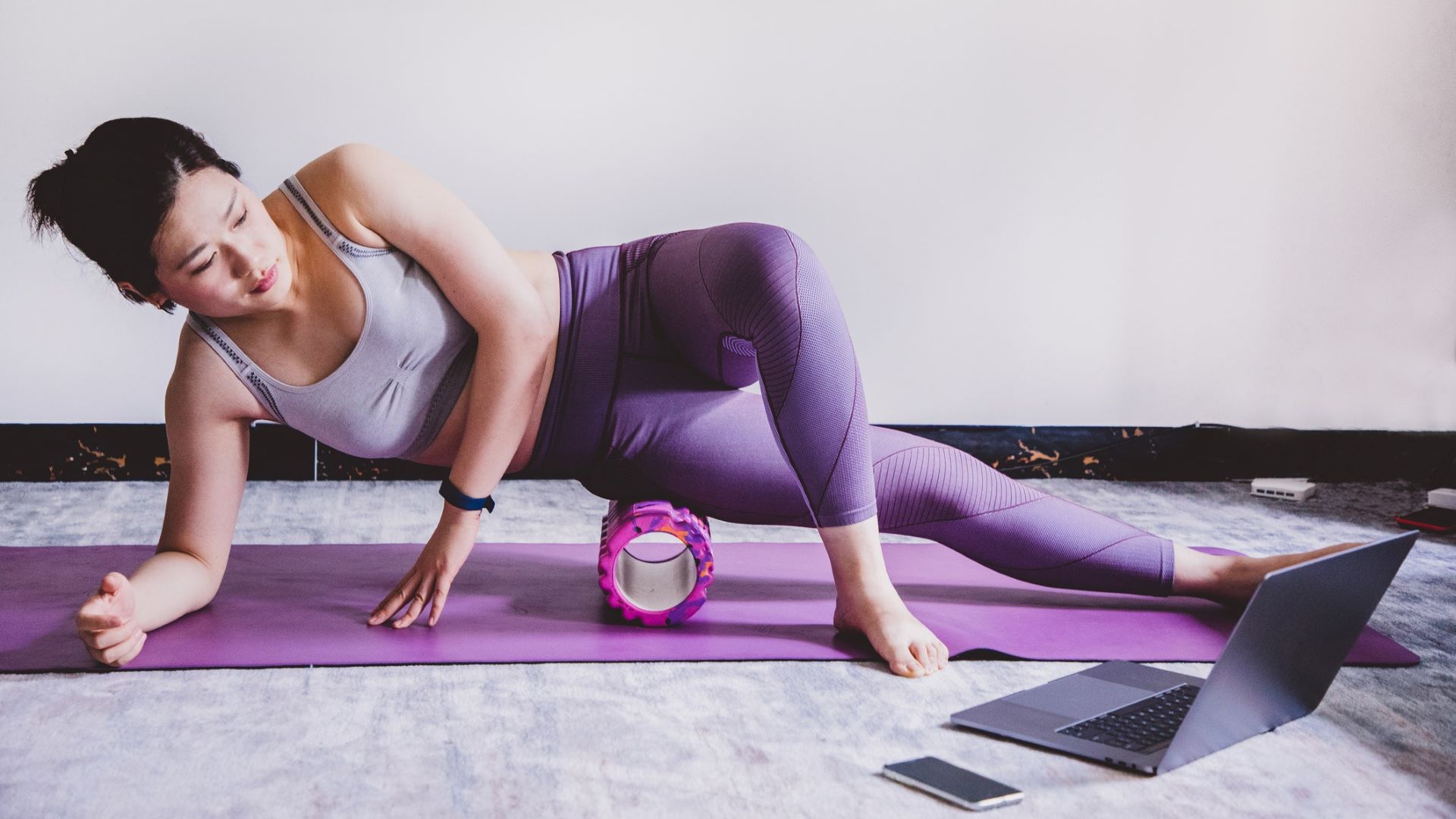
Best recovery tools
Recovery is probably the most under appreciated yet crucially important part of marathon training. Whether you are training for your first ever marathon or are a seasoned pro, you'll be building up to long runs and putting your body through new stresses and strains - probably all while holding down a full time job and a busy lifestyle. So resting, getting good sleep and eating well are crucial.
In addition to the basics, and to help ease the aches and pains of your increased mileage, foam rollers are a brilliant and inexpensive piece of kit. They can be used for stretching, warm ups and cold downs, and to help improve your flexibility, mobility and range of motion. They can also help reduce the symptoms of DOMS (the pain and stiffness you can experience post-workout). Studies show that while their effect on performance itself may be negligible, they certainly can help relieve pain from sore muscles.
Read our full guide to foam rollers here, and to really maximise your recovery rate, check out our guide to the best massage guns.
Our reviewers love the Triggerpoint Grid. It's clever, portable, effective and affordable. It has a sturdy plastic inner tube designed to hold its shape even when you use it every day, and that is surrounded by a plush layer of hard-wearing EVA foam.
If you are new to foam rolling and want to try out a basic model to see if it helps, look no further. The Amazon basics range starts at as little as $8 (for the smallest size) and while it's as no-frills as you'd expect at the price, our reviewer (and the 68,000 satisfied customers on the retail giants website who have praised it) reckons it does the job nicely.
Get the world’s most fascinating discoveries delivered straight to your inbox.
Kate Carter is an experienced journalist who worked for the Guardian for a decade before going freelance. She writes for the Guardian, Runners World, and World Athletics amongst many other publications, and presents for The Running Channel. She is also a sub three hour marathon runner and an England Athletics coach.
